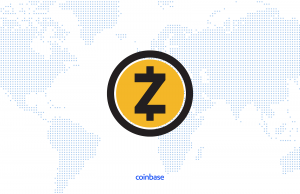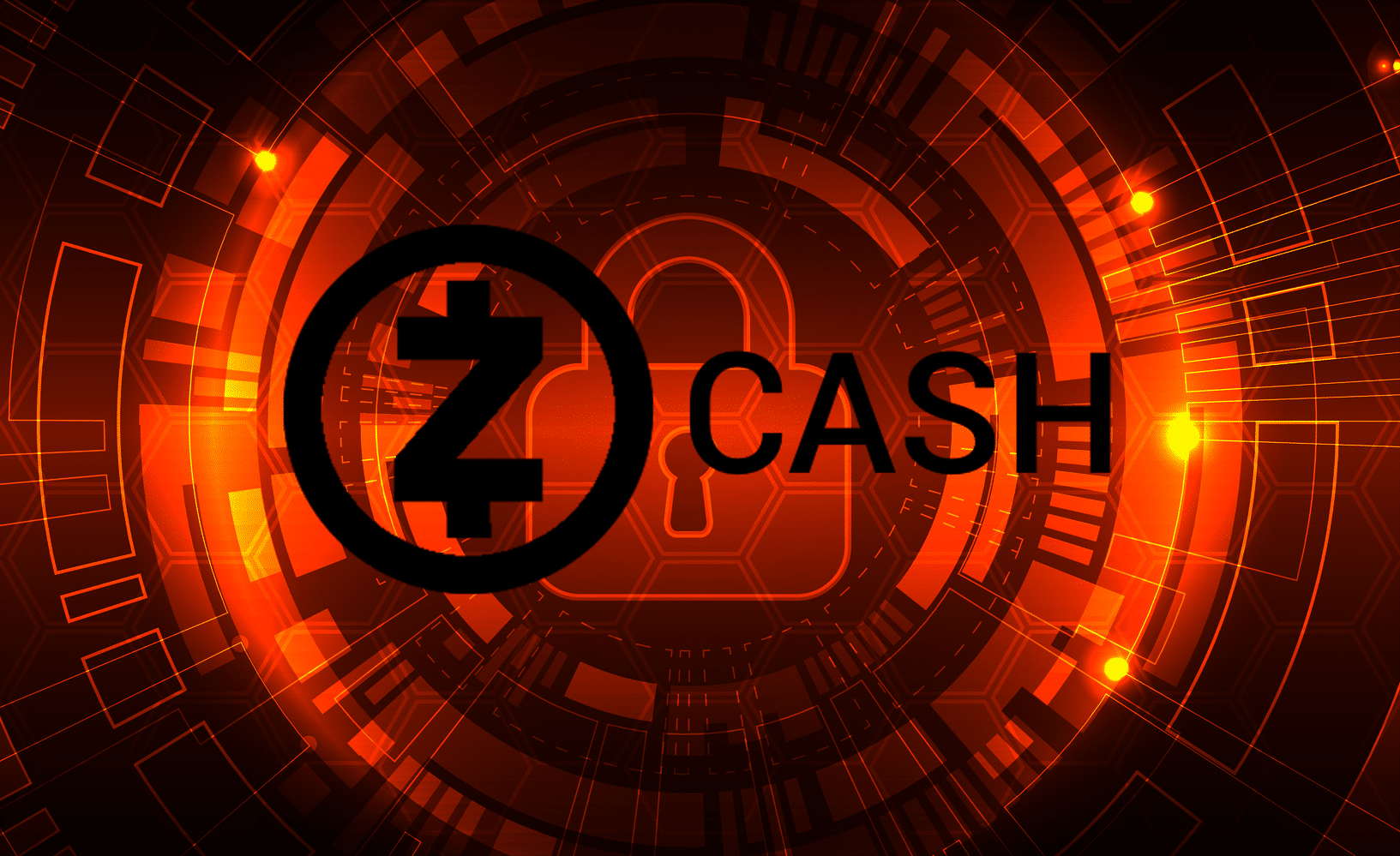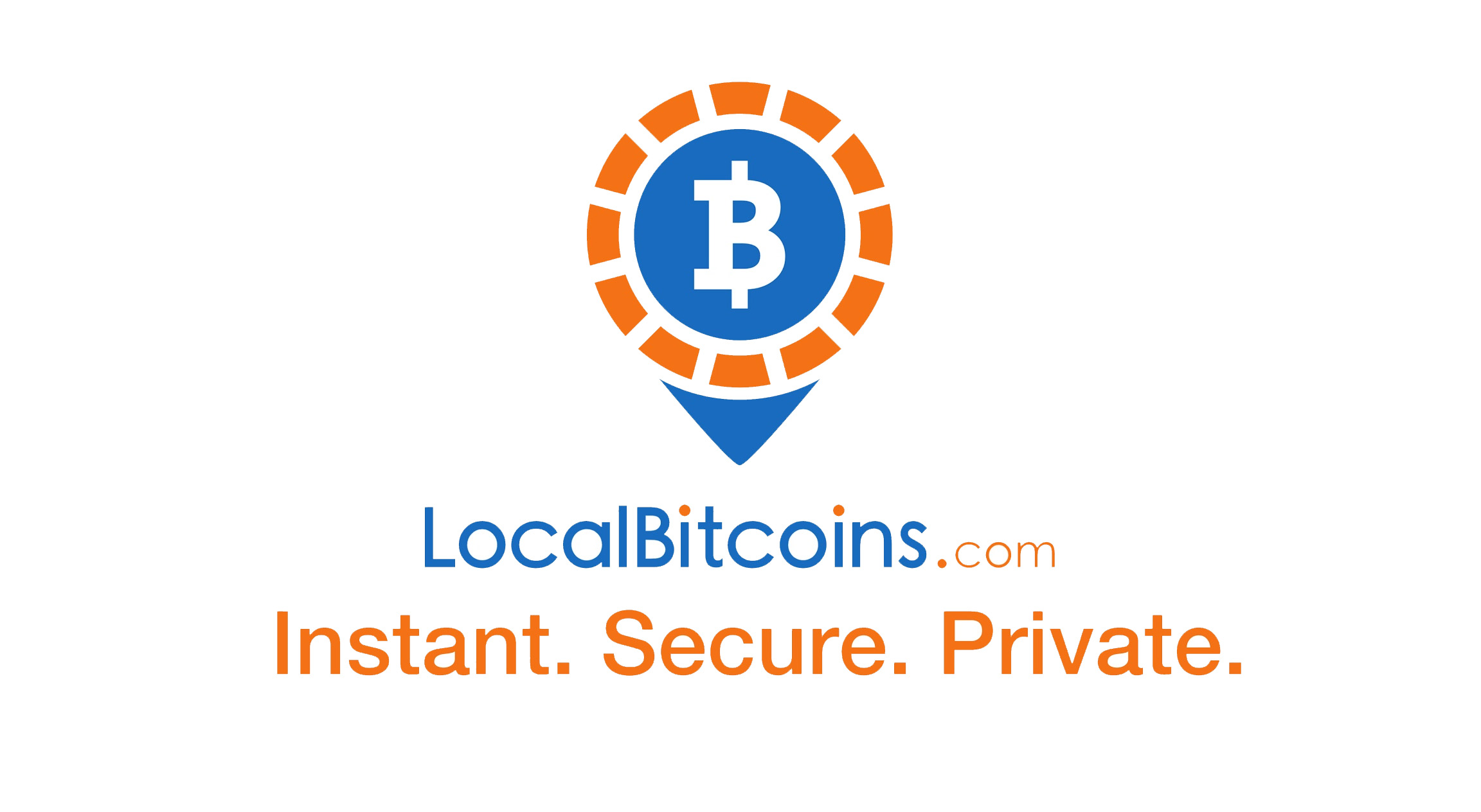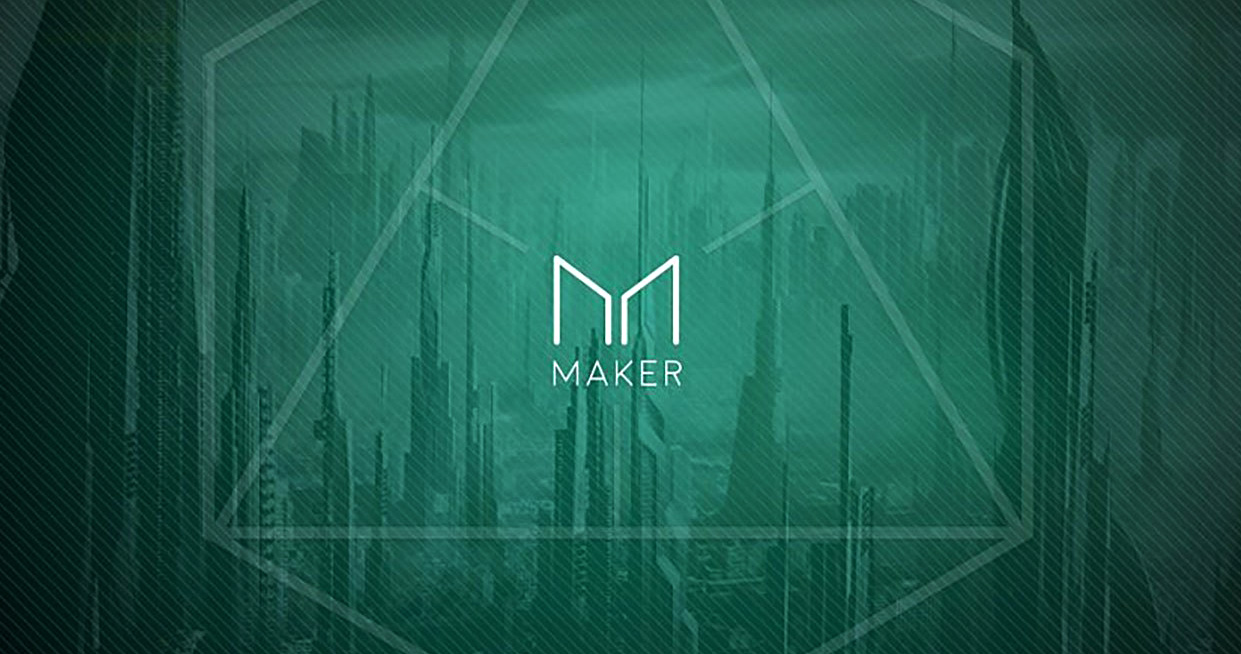ZecWallet, the Zcash wallet (ZEC) for Android mobile devices, now allows for shielded transactions thanks to the Sapling protocol update.
Google Play Store as an accompanying application of its desktop version, known as zec-qt-wallet, ZecWallet needs to connect to the node operated from the main application in order to function. To do this, the desktop version of the portfolio shows a QR code that can be scanned using ZecWallet from the mobile device. This simplifies the coupling process. Version 0.1 of the application, in addition to the Play Store, can also be downloaded directly from its repository on GitHub.
 ZecWallet can stay connected to the node that operates the desktop application in two ways: directly, which occurs when both the device and the node are using the same network (such as the WiFi network of a home or office), and via Internet, for which it uses a service known as whormhole or “wormhole”. This allows to route the information between the device and the computer that operates the node.
ZecWallet can stay connected to the node that operates the desktop application in two ways: directly, which occurs when both the device and the node are using the same network (such as the WiFi network of a home or office), and via Internet, for which it uses a service known as whormhole or “wormhole”. This allows to route the information between the device and the computer that operates the node.
The application is in beta mode and still has some details that could be seen as disadvantages or “limitations”, as they call them on their website. Among them are that you can not generate new addresses from your phone, nor can you choose from which address the transaction will be sent, but the application will automatically choose the Sapling protocol if there are funds for it.
In addition to the previously mentioned, for the moment, you can only connect an Android device to the node, since they share private keys, according to what they explain on Twitter from the application account. On the other hand, ZecWallet is not yet available for iOS devices in the Apple App Store.
Sapling is a protocol that, according to Sean Bowie’s explanations, seeks to speed up and make safer the sending of armored transactions with zk-SNARK. “With Sapling, the z-addresses will be a little shorter and will have more robust keys.
Source: www.criptonoticias.com
Learn more about the Blockchain technology at icashweb.com







